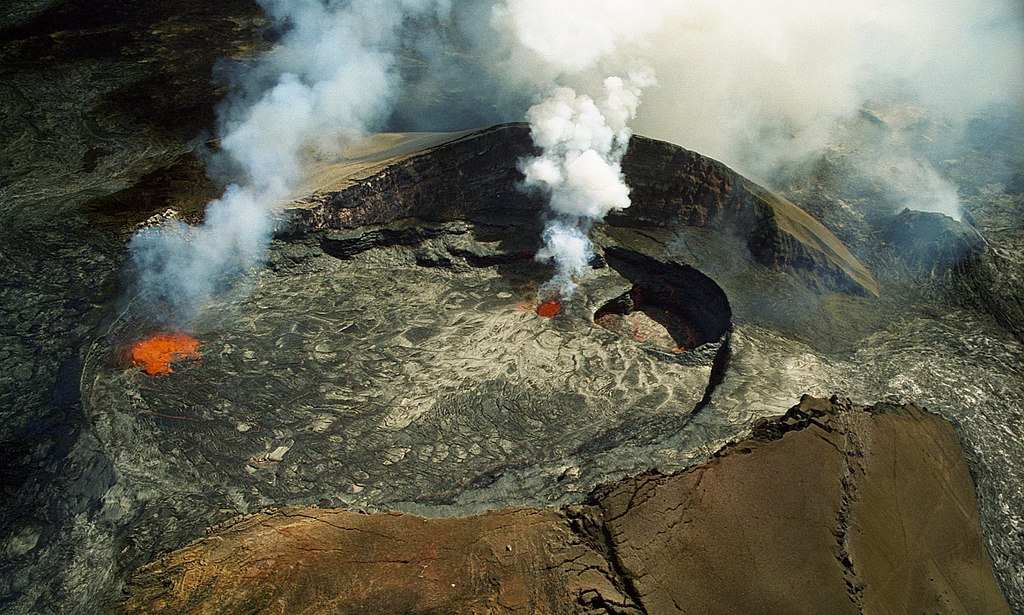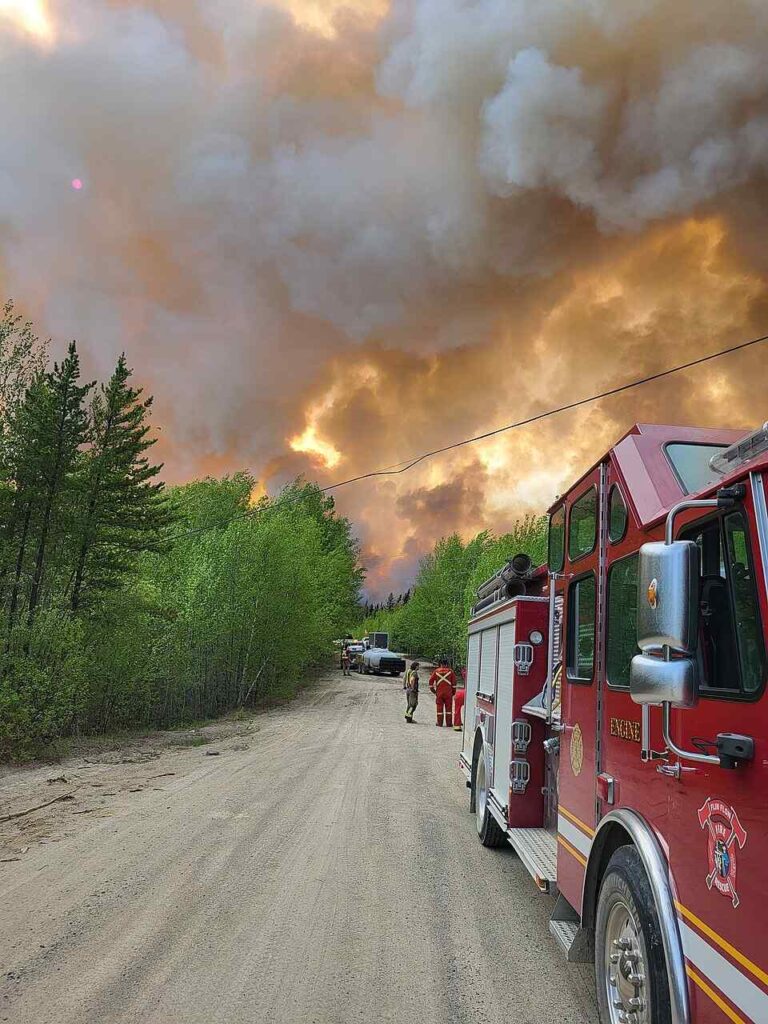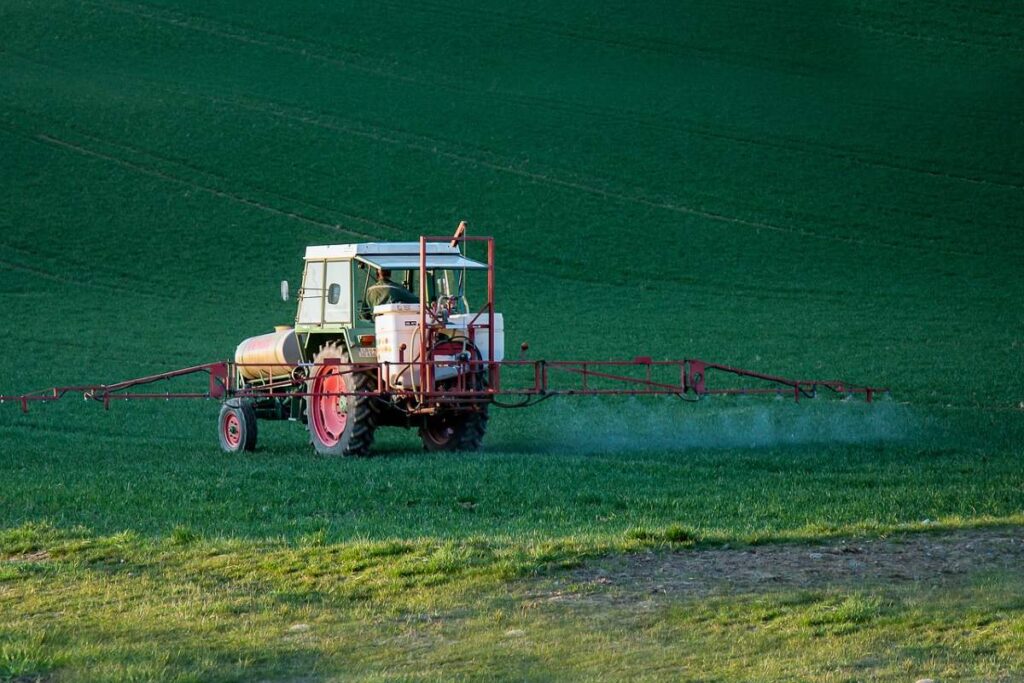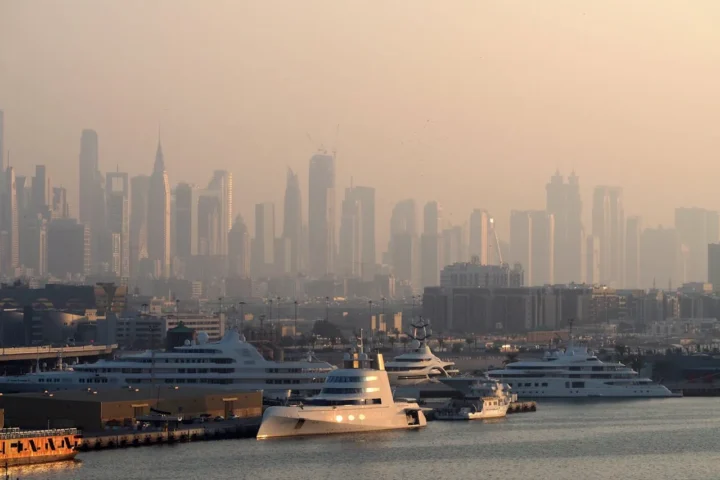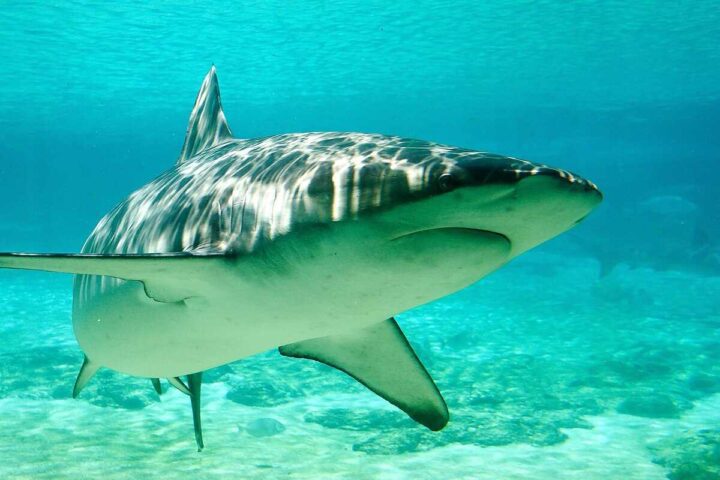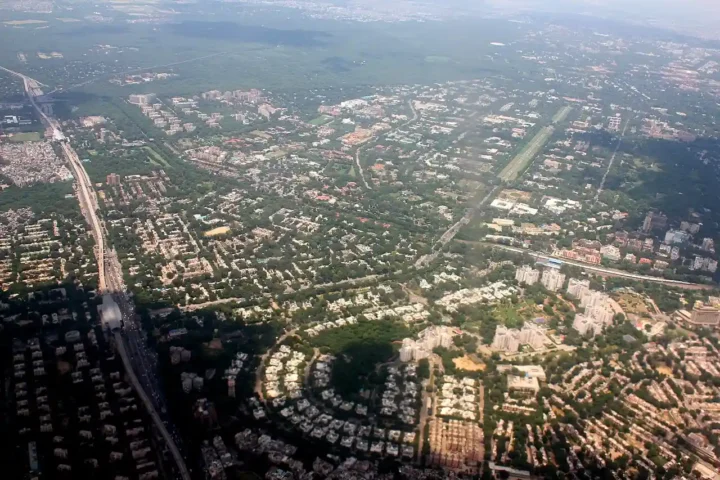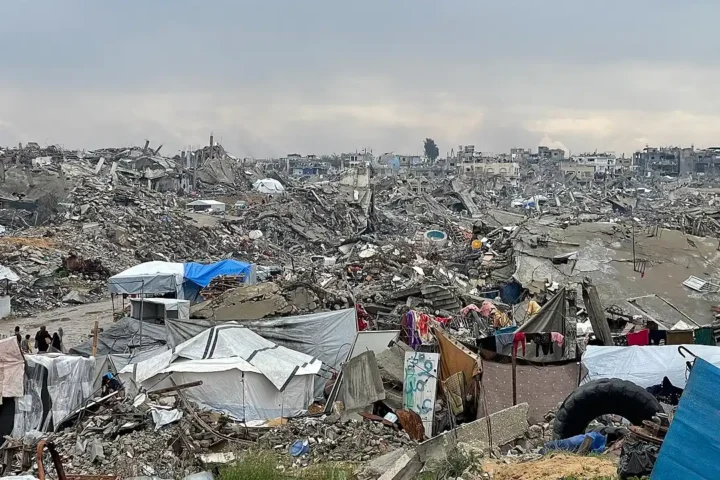Kīlauea volcano’s latest eruption cycle continues to captivate scientists and visitors alike as they await Episode 31, expected to begin between August 18-22. Episode 30 ended abruptly on August 6 after 12 hours of spectacular fountaining that resurfaced about 80% of the Halemaʻumaʻu crater floor.
The recent episode began early on August 6 when lava started spattering from the north vent at 12:55 a.m. HST. Within minutes, the activity intensified dramatically. By 1:20 a.m., both north and south vents were producing vigorous lava fountains, with heights reaching 150-300 feet. A new fissure also briefly appeared on the south wall of the crater, ceasing activity by 4:40 a.m., while the main eruption continued until 12:55 p.m.
“Current inflation rates have slowed to less than 1 microradian a day which is slower than the normal inflation rate late in the repose period,” the USGS Hawaiian Volcano Observatory reported on August 17. This slower inflation could delay the onset of Episode 31, now forecast between August 18-22.
Monitoring equipment provides critical data for these forecasts. The Uēkahuna tiltmeter recorded about 22.5 microradians of deflationary tilt during Episode 30 and has measured nearly 19 microradians of inflation since it ended. Sulfur dioxide emissions during pauses between episodes typically range from 1,200 to 1,500 tons per day.
Scientists are particularly interested in a temporary fissure that appeared on the south wall during the early hours of Episode 30. On August 13, USGS scientists collected spatter samples from this fissure to analyze the chemistry of the lava, which helps them better understand the source and storage of magma driving these Hawaiian-style eruptions.
Similar Posts
Water plays a significant role in Kīlauea’s eruption dynamics. USGS hydrologist Shaul Hurwitz notes that water makes up about 90% of the volcano’s plume by volume. The depth of groundwater beneath the summit, measured for over two decades, dropped further after the 2018 eruption, now sitting about 1,660-1,670 feet below the surface.
Despite the impressive displays of fountaining lava, activity remains confined to Halemaʻumaʻu crater within Hawaiʻi Volcanoes National Park. The East Rift Zone continues to contract, indicating no magma is entering that part of the system. Hazards persist even during pauses, including volcanic gas emissions (vog) and Pele’s hair—strands of volcanic glass that can be remobilized by wind.
Kīlauea remains at Volcano Alert Level WATCH and Aviation Color Code ORANGE. Since December 23, 2024, the volcano has experienced 30 episodes of episodic fountaining, a pattern not seen since the beginning of the Puʻuʻōʻō eruption in 1983-86.
With glow strengthening at the north vent and gas pistoning events (cyclic degassing of shallow magma) occurring regularly, all signs point to Episode 31 beginning within days—providing another window into the fascinating volcanic processes that continue to shape Hawaiʻi’s youngest island.
